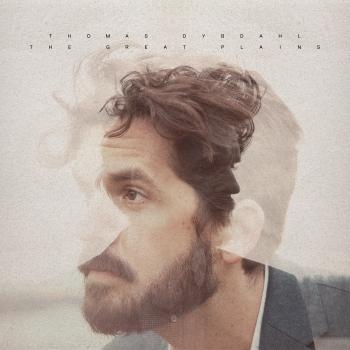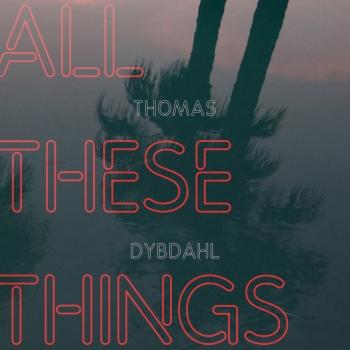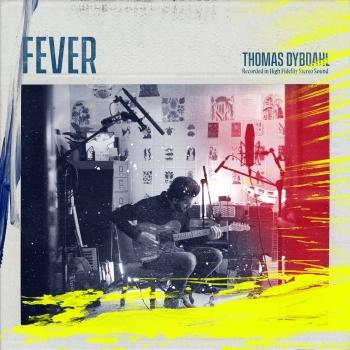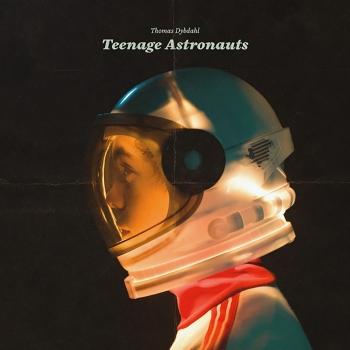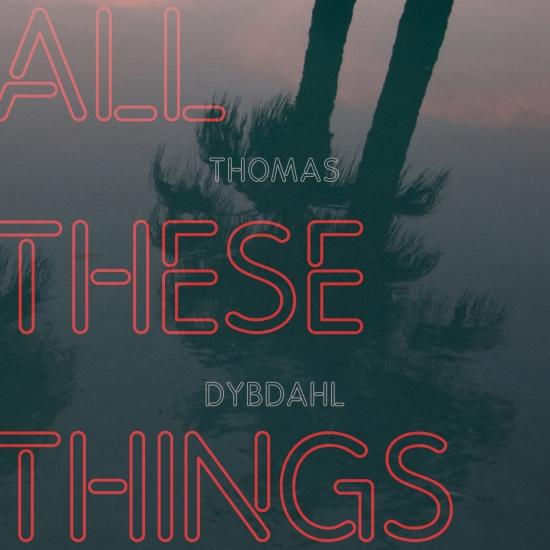
All These Things Thomas Dybdahl
Album info
Album-Release:
2018
HRA-Release:
19.10.2018
Album including Album cover Booklet (PDF)
I`m sorry!
Dear HIGHRESAUDIO Visitor,
due to territorial constraints and also different releases dates in each country you currently can`t purchase this album. We are updating our release dates twice a week. So, please feel free to check from time-to-time, if the album is available for your country.
We suggest, that you bookmark the album and use our Short List function.
Thank you for your understanding and patience.
Yours sincerely, HIGHRESAUDIO
- 1All These Things04:55
- 2Can I Have It All04:31
- 3Look At What We've Done04:07
- 4The Longest Night04:00
- 5What You Came For05:17
- 6When I Go04:32
- 7Lifeline04:41
- 8Rescue Me03:13
- 9Stupid Heart02:53
Info for All These Things
Thomas Dybdahl erklärt, wie das neue Album und natürlich auch der Track „Look At What We’ve Done“ entstanden ist: „Produzent Larry Klein und ich beschlossen, dass wir versuchen würden, eine "Band" zusammenzustellen und in einem Band-Setup für diese Platte zu schreiben, anstatt uns auf das Schreiben eines Songs zu konzentrieren. Wir haben eine Gruppe von Leuten zusammengestellt, die nicht nur gute Songwriter, sondern auch versierte Musiker sind. So hatten wir die Möglichkeit, nicht nur Musik zu schreiben, sondern die Songs auch direkt zu spielen und gut klingen zu lassen. Und gleichzeitig hatten wir dabei auch noch eine Menge Spaß. Ich stellte fest, dass diese Leute nicht nur alle super zusammenpassten. Zufällig besteht diese Gruppe auch weitgehend aus den Musikern und Schriftstellern, die in den frühen 90er Jahren das Konzept des Tuesday Night Music Club aus LA ausmachten (dies wurde von dem Schriftsteller David Baerwald mitbegründet und führte zu Sheryl Crow's Debütalbum mit dem Titel Tuesday Night Music Club). Das Konzept war absolut stimmig: Niemand geht bevor wir einen Song fertig haben und wir versuchen, die Arrangements wie eine Band auszuarbeiten, um uns besser auf die Studio-Session vorzubereiten. Wir hatten wirklich einen Riesenspaß. Ein paar der Songs auf der Platte entstanden dann genau in der Woche als wir uns in einem fantastischen alten Redwood-Studio im Echo Park zusammendrängten.“
Mit dabei waren Patrick Warren (Lana Del Rey, Common, Tom Waits), Brian MacLeod (Sheryl Crow), Larry Klein (Joni Mitchell, Herbie Hancock, Tracy Chapman), David Baerwald (David + David, Sheryl Crowe, LeAnn Rimes) und natürlich Thomas Dybdahl.
Thomas Dybdahl, Gesang, Gitarre
Producer Larry Klein
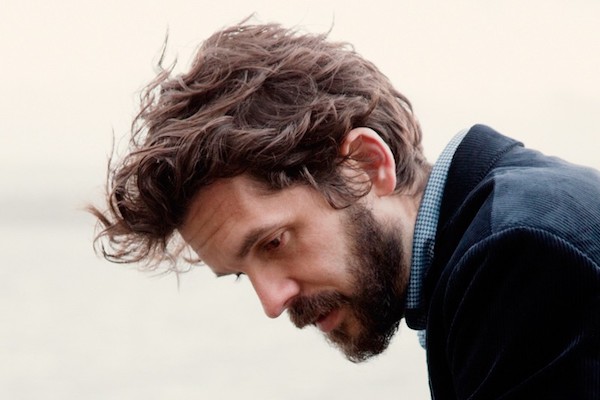 Thomas Dybdahl
Thomas Dybdahl
As is often the case with distinctive endeavors, the creative path of Thomas Dybdahl -- the 37-year-old guitarist, singer, songwriter, and native of Sandnes, Norway -- has been, for nearly a decade, all his own.
“I’ve taken an eclectic approach,” Dybdahl says. “I’ve sought to draw influences from the whole spectrum of music -- not only from songwriters and singers but also from contemporary and classical music. I am always trying to infuse my work with all these different influences so that I don’t limit myself, or listeners, to the notion of being just another guy with a guitar.”
As he knows well, several of those strum around, and Dybdahl in one sense is yet another. But on ‘Songs’ -- his U.S. debut, released via Decca Records/Universal on Strange Cargo, an imprint overseen by the renowned musician and producer Larry Klein, whose past close musical associations include Joni Mitchell, Tracey Chapman, Madeleine Peyroux, and others -- Dybdahl distinguishes himself with fire and finesse. The tracks serve as a great introduction for American listeners to the five albums (2002’s ‘...that great October sound’; 2003‘s ‘Stray Dogs’; 2004‘s ‘One Day You’ll Dance for Me, New York City’; 2006’s “Science’; and 2010’s ‘Waiting for that One Clear Moment‘) for which Dybdahl has received steady acclaim internationally and won two Norwegian Grammys.
These are the romantic, introspective, out-going, hum-worthy, adventurous tunes of a guy who once, with characteristic honesty, cited the Mozart Requiem as his favorite piece of music but who laughs off any art-rock ideas of literally trying to reinvent the pop song from a classical music vantage point. For Dybdahl, who grew up playing guitar for hours daily and loved first Metallica and later Led Zeppelin and Jimi Hendrix, it’s all music.
A flexible, carefully detailed melodicism animates Dybdahl songs like “Cecilia” and “B.A. Part,” while other songs, such as “From Grace” and “The Great October Sound,” move that same well-founded sense of melody composition into comparatively more ecstatic and less kinetic states. Dybdahl, whose lustrous tenor behaves with an idiomatic ease, does not believe that only anger is an energy : “I try to find that force,” he says, “that comes from always keeping my calm, from actually holding back. I try to get something out of this implosion -- the opposite of a good rock and roll explosion.”
Dybdahl hails from the land of pop. “I love pop composition,” he says. “What I don’t like is when pop gets used in a reductive manner. Some of the best pop artists and pop records I know come from all kinds of backgrounds and music yet they have firm grips on and understand the pop format. Even though a song may be a pop song and even though it may go on the radio, it can still offer something for the ages; it can happen with the most pop of pop songs. This means something beyond defining the time or trend; it’s accomplished in fusion with history and duration.”
Dbydahl cites an array of inspirations; albums such as Tim Buckley’s ‘Happy Sad’ (1969), Colin Blunstone’s ‘One Year’ (1971), and Serge Gainsbourg’s ‘Histoire de Melody Nelson’ (1971), he believes, stand as examples of music that sacrifices nothing. Dybdahl’s varied sources has meant that his own music can attract equally diverse admirers, from electronica pioneers Morcheeba, who asked him to sing on one of their albums, to designer Philippe Starck, who cites Dybdahl’s music as an inspiration, to photographer Jean-Baptiste Mondino, who shot the cover for ‘Science’, a Starck design.
According to Dybdahl, a chief reason his music turns out as it does is because of his experience with his initial instrument. “I see myself first and foremost as a guitarist,” he says. “That’s where my musicality started. There’s just no getting away from how if one is a guitarist then one thinks musically as a guitarist. As you evolve, you may go on, as I did, to singing as well, however you have started as a guitarist. You’re still approaching music through the guitar, and that has to carry some weight. It makes for some interesting choices along the way, melodically and structurally, because whatever you approach -- singing, other instruments, songwriting -- the work continues to come from the mind of a guitarist. That is controlling.”
A galloping range of influences like Dybdahl’s requires something to pull everything into persuasive wholes. “As a person,” he says, “I’m very focused on balance; everything has to be balanced. It’s all about balance and composition. You might even call it symmetry, even though a good composition doesn’t necessarily need to seem symmetric. As you grow older, though, you see that the need to balance all these things infuses all your choices, and how you want to do things.”
‘Songs’ is an often mesmerizing demonstration of how Thomas Dybdahl does things. It is the sound of how one gifted Norwegian connects with a million other sounds, impulses, colors, and emotions, all assembled with particular sonic poise that always grooves, never overwhelms.













